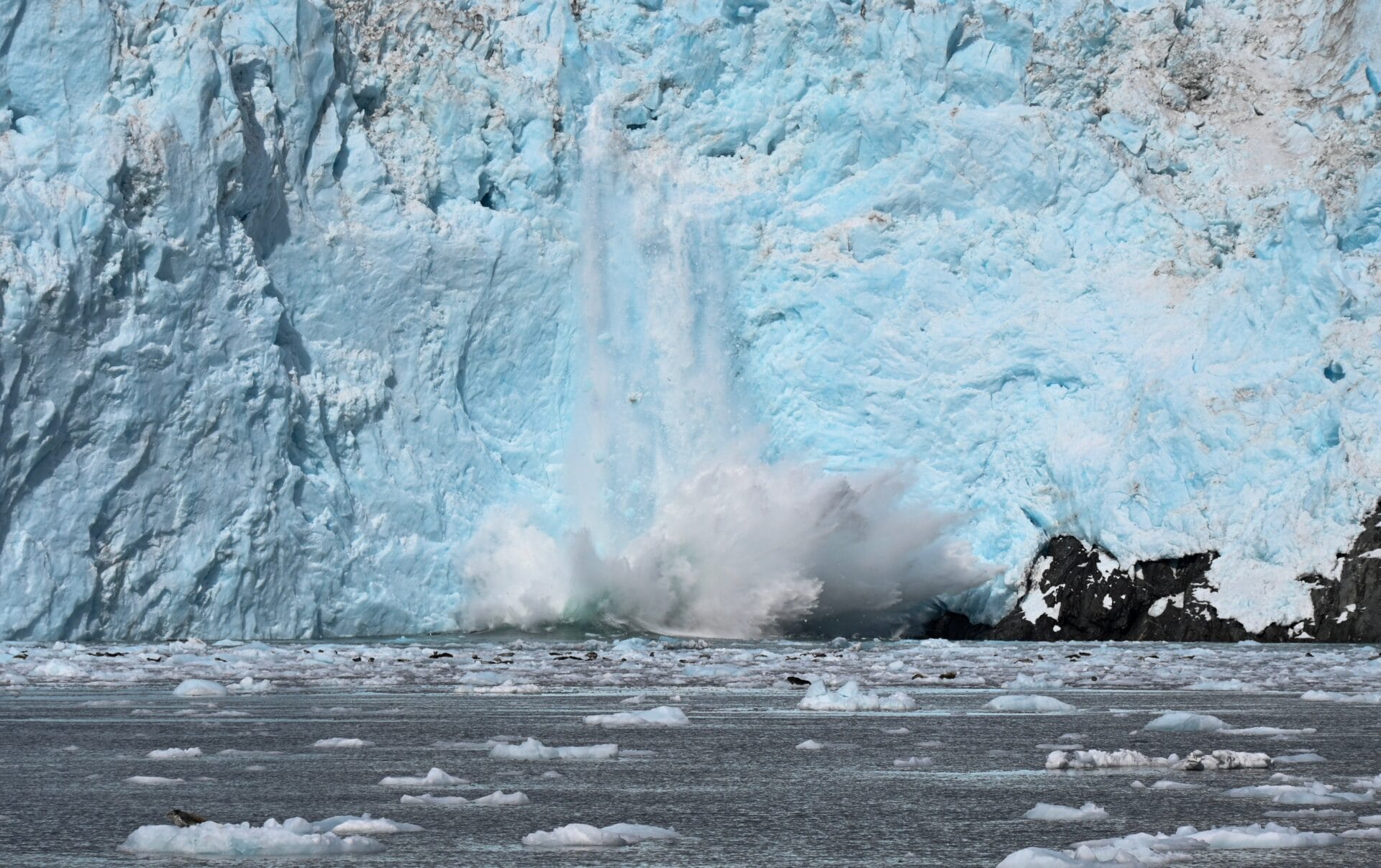A cold plunge is a therapeutic technique used to help reduce inflammation and provide relief for sore muscles. Taking a cold plunge involves immersing oneself in cold water, typically between 50-60 degrees Fahrenheit. The cold temperature causes blood vessels to constrict, which helps reduce inflammation and pain. Cold plunges can also help boost the immune system, increase circulation, and improve skin health. Cold plunging is an effective way to reduce pain and inflammation while providing numerous other benefits.A Cold Plunge is a form of hydrotherapy that involves submerging the body into cold water for a brief period of time. The water temperature is usually around 50 to 59 degrees Fahrenheit. This type of therapy is used to increase circulation, reduce inflammation, and stimulate the immune system. It can also help improve mood and decrease stress levels.
What Are the Benefits of a Cold Plunge?
The cold plunge is an increasingly popular method for harnessing the therapeutic benefits of cold water. It involves submerging yourself in an ice bath for a short period of time, usually between one and three minutes. The cold water stimulates the body’s natural healing processes, leading to a number of potential health benefits. These include improved circulation, decreased inflammation, improved energy levels, and enhanced mental clarity.
One of the most immediate benefits of a cold plunge is improved circulation. When you submerge your body in the cold water, your blood vessels constrict and force your blood to move more quickly throughout your body. This increased circulation helps to deliver oxygen and nutrients to your muscles, which can help reduce post-exercise soreness and promote better recovery. Additionally, increased circulation can help reduce inflammation caused by injury or illness.
Cold plunges can also help improve energy levels by activating the sympathetic nervous system. This system is responsible for regulating your fight-or-flight response, so when it is activated by the cold water it prepares your body for action by releasing hormones such as adrenaline and norepinephrine. These hormones can give you a boost of energy when you need it most, while also promoting mental clarity and alertness.
Finally, taking a cold plunge can be beneficial for your mental health as well. The ice bath stimulates the release of endorphins which are known to reduce stress and improve mood. Taking regular cold plunges can help to keep stress levels in check and make you feel happier overall.
In conclusion, taking regular cold plunges offers a range of potential health benefits including improved circulation, reduced inflammation, increased energy levels and enhanced mental clarity. If you are looking for an easy way to improve your overall wellbeing then taking regular cold plunges could be just what you need!
How Cold Should Water Be For a Cold Plunge?
Cold plunges are becoming increasingly popular as a way to reduce stress and improve overall health. The practice involves submerging the body in cold water for a period of time, usually between one and three minutes. But how cold should the water be for a successful cold plunge?
The ideal temperature for a cold plunge is between 50°F and 59°F (10°C and 15°C). This range allows for optimal cooling without causing shock to the body. It is important to note that this temperature may vary slightly depending on individual preference, but it should never exceed 59°F (15°C).
It is important that the water remains at a consistent temperature throughout the plunge. If the water becomes too hot or too cold, it can cause serious health issues such as hypothermia or heat exhaustion. To ensure that your plunge is safe, use a thermometer to measure the temperature of the water before you get in.
If you are taking a cold plunge for therapeutic purposes, it is important to stay in the water for at least one minute. Studies have shown that this amount of time is necessary to reap the full benefits of a cold plunge.
Overall, when taking a cold plunge, it is important to keep in mind that the ideal temperature of the water should be between 50°F and 59°F (10°C and 15°C). It is also important to ensure that you stay submerged for at least one minute in order to maximize its therapeutic benefits.
Following these guidelines can help ensure that your cold plunge experience is both safe and beneficial.
What Temperature Should Water Be For a Cold Plunge?
A cold plunge is a therapeutic practice that involves submerging oneself in cold water. It has been used to help treat muscle pain, soreness, inflammation, and improve circulation. To get the most benefit from a cold plunge, it is important to use water that is the proper temperature. The ideal temperature for a cold plunge is between 50-59°F (10-15°C).
Using water at this temperature range will allow your body to gradually adjust to the colder temperature while still providing therapeutic benefits. It’s important not to use water that is too cold as it can shock your body and cause discomfort or even physical harm. On the other hand, using water that is too warm will not have any of the therapeutic effects of a cold plunge.
When preparing for a cold plunge, make sure you check the temperature of the water with either an accurate thermometer or by testing it with your elbow or wrist. This will help ensure that you are using water at an optimal temperature for your health and safety. Additionally, if you are planning on submerging yourself in ice-cold water, it’s important to make sure that you have taken necessary safety precautions such as having someone present in case of an emergency or wearing a flotation device if needed.
How Long Should I Stay In the Cold Water For a Cold Plunge?
Cold plunges have become increasingly popular over the past few years, as people are looking for ways to naturally boost their immune system and increase their energy levels. But when it comes to cold plunges, the question is often asked: how long should I stay in the cold water for a cold plunge?
The answer really depends on your own level of comfort and experience with extreme temperatures. If it’s your first time doing a cold plunge, start out with just a few minutes in the cold water and gradually work your way up. You don’t want to shock your body by going too long or too deep into the cold water.
If you’re an experienced cold plunger, you can try staying in for longer periods of time. Generally speaking, most people find that staying in between three and five minutes is ideal for great benefits with minimal discomfort. However, if you feel comfortable doing so, you can stay in for longer than five minutes or even take it up to fifteen minutes.
It’s also important to note that there are other factors that can affect how long you should stay in the cold water for a cold plunge. Things like air temperature, water temperature, and physical health can all play a role in determining how long you should stay in the water for optimal results. Make sure to consult with your doctor before attempting any cold plunges if you have any existing health conditions or injuries that could be affected by extreme temperatures.
Ultimately, how long you should stay in the cold water for a cold plunge is up to you and what feels comfortable and safe. Start out slowly and gradually increase your time as needed until you find what works best for you!

What Are the Risks of Taking a Cold Plunge?
Taking a cold plunge can have potential risks, and it is important to be aware of them before taking the plunge. The most common risks associated with taking a cold plunge include hypothermia, shock, and even drowning if done without proper safety precautions. The risk of hypothermia increases when the water temperature is below 60 degrees Fahrenheit, as the body’s core temperature will start to drop rapidly. Shock is also possible when plunging into cold water, as the sudden change in temperature can cause a sudden drop in blood pressure and an increase in heart rate. Drowning is another risk that should not be taken lightly, especially if participating in open-water activities such as swimming or kayaking.
Additionally, those with certain pre-existing medical conditions should avoid taking a cold plunge altogether. Individuals who suffer from cardiovascular disease may experience an adverse reaction such as heart palpitations or chest pain when exposed to the cold temperatures. People with asthma may find that their symptoms worsen when exposed to cold or wet conditions. Lastly, people who are pregnant should avoid taking a cold plunge due to increased risk of hypothermia and other risks associated with pregnancy.
It is important to note that although the risks associated with taking a cold plunge are real, there are also many potential benefits from doing so. Taking a cold plunge can help reduce inflammation and improve circulation; it can also boost energy levels and help alleviate stress. It is important for individuals to weigh the risks and benefits before deciding whether or not a cold plunge is right for them.
Is It Safe to Take a Cold Plunge in My Home Pool or Hot Tub?
Taking a cold plunge in your home pool or hot tub can be both an enjoyable and refreshing experience. However, it is important to take certain precautions before doing so. It is important to keep in mind that the water temperature can significantly impact your safety, so it is important to ensure that the temperature is suitable for swimming before getting into the pool or hot tub.
It is also important to make sure that the pool or hot tub has been properly and regularly maintained. This means checking for any debris, such as leaves or other contaminants, and ensuring that the pH levels of the water are correct. Additionally, if you have a hot tub, you should check that it has been filled with clean water and not used as a storage container for chemicals.
Finally, if you plan on taking a cold plunge in your home pool or hot tub, make sure you are aware of any safety measures that may be necessary. This could include wearing a life jacket or having someone watching you while swimming. Additionally, if there are children present, it may be best to keep them away from the pool area until they are old enough to understand proper water safety protocols.
By following these simple steps and taking all necessary precautions before taking a cold plunge in your home pool or hot tub, you can enjoy a safe and relaxing experience.
Check the Water Temperature
Before taking a cold plunge, it’s important to check the water temperature to make sure it’s safe. The ideal temperature range is between 55 and 65 degrees Fahrenheit. If the water is any colder, you should avoid taking a plunge as it could be dangerous for your health.
Wear Protective Gear
Taking a cold plunge can be dangerous if done without proper protection, so wearing protective gear is essential. Make sure to wear appropriate clothing that will keep you warm while in the water. You can also use booties and gloves to protect your extremities from the cold. Additionally, using a wet suit or dry suit can provide extra warmth and protection from any potential hazards in the water.
Be Careful of Currents
When taking a cold plunge, it’s important to be aware of any potential currents in the water that could cause issues. Make sure to stay away from areas with strong currents or high waves as this could put you in danger. Additionally, if the area has rocks or other sharp objects on the bottom of the body of water, be sure to watch your step and avoid swimming over them.
Stay Close to Shore
It’s always best to stay close to shore while taking a cold plunge so that you can easily get out of the water if needed. Additionally, if you’re not a strong swimmer or don’t feel comfortable venturing too far out into deeper waters, make sure to stay within arm’s reach of land at all times.
<h3Other Safety Tips
In addition to checking the water temperature and wearing protective gear, there are some other safety tips that should be followed when taking a cold plunge:
• Always let someone know where you are going and when you plan on returning.
• Don’t swim alone; always bring someone with you.
• Don’t stay in for too long; get out of the water if you start feeling too cold.
• Avoid diving into shallow waters; this can cause serious injury.
• Wear sunscreen even on cloudy days as UV rays can still penetrate through clouds.
<

Conclusion
The temperature of the water for a cold plunge should be between 8-15°C (46-59°F). This temperature range is the most popular and beneficial. While some may opt for colder water, this can put a strain on the body and may not be suitable for everyone. Ultimately, the decision of how cold to go comes down to personal preference. If you’re unsure, start with a milder temperature and work your way up.
Cold plunges can provide many physical and mental health benefits. From relieving stress to increasing circulation, a cold plunge can be an excellent addition to any wellness routine. To ensure that you get the most out of your cold plunge experience, make sure that you choose a comfortable temperature that works best for you.

